Shenzhen Xingsheng Pearl Chemical Pignent .Co., Ltd.
Contact: Mr. Zhang
Phone: 86 0755 29497723
Mobile: 18588878083
Fax: 86 0755 32998090
Email :info@xs-color. com
Address: Lougang South Industrial Zone, Songgang Street, Baoan District, Shenzhen
Website: www.xs-color.com
Website : en.xs-color.com
Thermochromic materials: all raw materials, which are micro-gel materials that repeatedly change color as the temperature rises and falls.
Main business: temperature-sensitive color change powder, temperature-sensitive color-changing ink, temperature-sensitive color-changing paint, warm-water emulsion, temperature-sensitive masterbatch, temperature-sensitive discoloration of various finished products.
Main uses: ceramic mugs, printing, textile printing and dyeing, plastic injection, plastic extrusion, various gifts, advertising materials, children's toys, thermal transfer stickers, printing products.
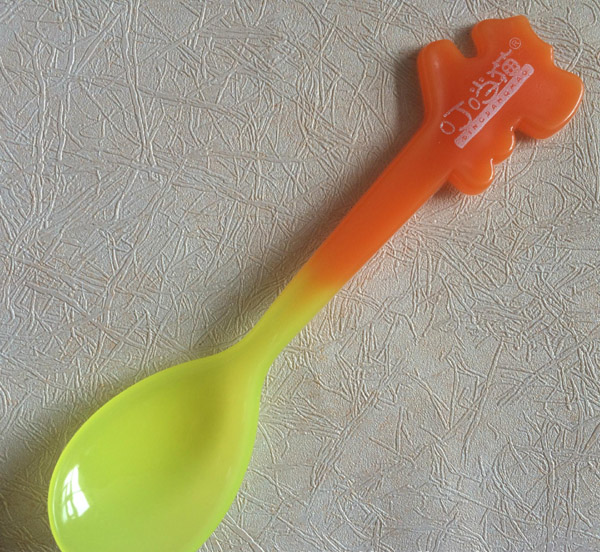
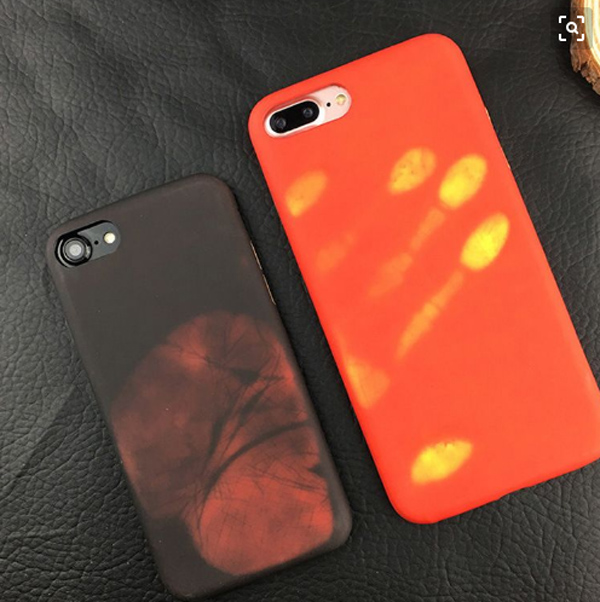
First, the principle
It is a micro-gel wrapped with invisible materials, color formers and temperature control agents. It can be made into color-changing color materials in different temperature ranges by different temperature-control factor materials.
Second, the product description
A, the principle of discoloration: low temperature is colored and high temperature is colorless.
B. Product range available: -15°C~70°C. Temperature, self-adjustable.
C. Basic color: 15 colors can be provided for each temperature (70 °C only provides black and dark blue). The colors can be mixed with each other, and other color materials can be added.
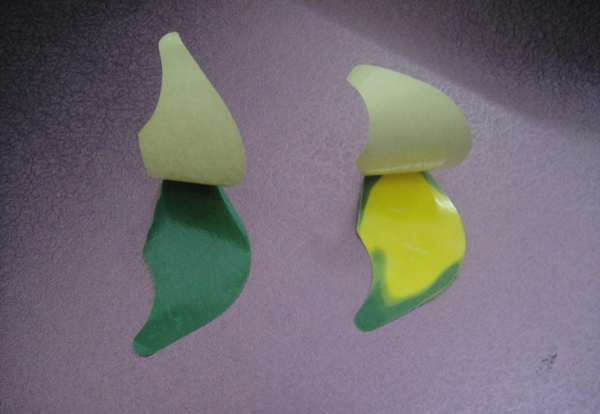
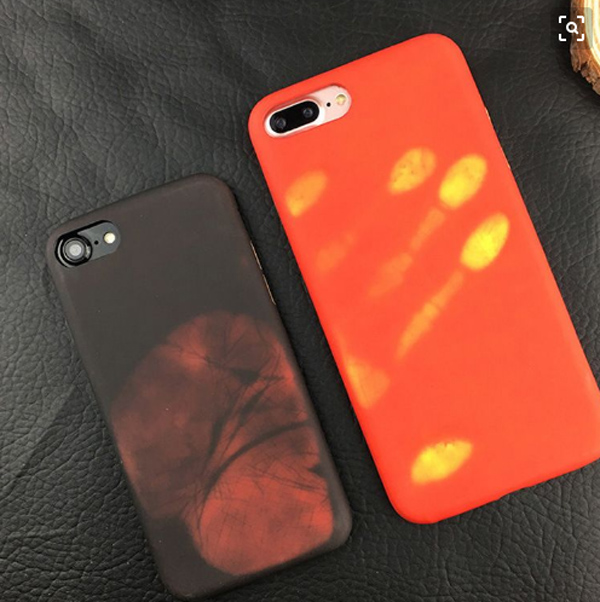
product name
Thermochromic powder
Appearance
Rose red red gold red black grass green dark green peacock green sapphire blue yellow
Product Features
It can be changed repeatedly as the temperature rises and falls.
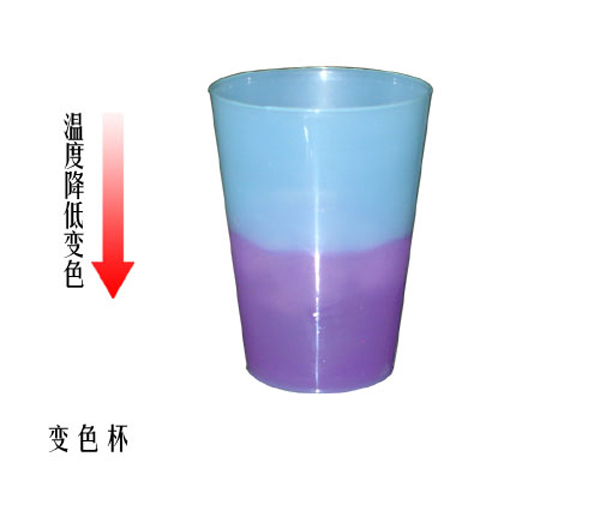
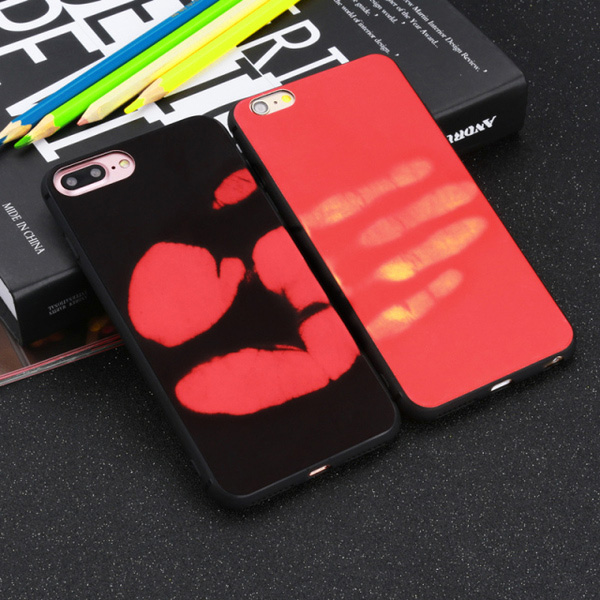
The color change principle and structure of the reversible sensible thermochromic pigment
The reversible thermochromic pigment is prepared from an electron transfer type organic compound system. Electron-transfer organic compounds are a class of organic chromonic systems with a special chemical structure. The color transition of the organic substance is changed by electron transfer at a specific temperature. The color-changing substance is not only bright in color, but also can change color from the state of "colored ===colorless" and "colorless===colored", which is a heavy metal complex salt complex type and a liquid crystal type reversible temperature change. What the substance does not have.
The application of thermochromic pigments in the price of thermochromic powders in plastic products:
1. R series thermochromic pigments are most suitable for injection molding and extrusion:
R series (plastic grade) is a variety of color-changing pigments developed by the company for plastics. Its characteristics are: thick wall of the capsule, high strength, good heat resistance, easier to disperse evenly, and less residual color during decolorization.
2. Scope of application:
This product can be used for injection molding and extrusion molding of transparent or translucent plastics such as polyethylene (PE), polypropylene (PP), polystyrene (PS), soft polyvinyl chloride (S-PVC), AS and ABS. It can also be mixed with unsaturated polyester, epoxy resin, plexiglass or nylon monomer for casting, molding and curing.
4, color masterbatch: In mass production, color-changing pigments can be added to polyethylene wax or polystyrene wax to prepare a color masterbatch with a pigment content of 10%, and then mixed with plastic particles. This allows the discoloration pigment to be more uniformly dispersed. For the preparation method of color masterbatch, please refer to the technical data provided by the company. 5, temperature: The processing temperature should be controlled below 200 ° C, do not exceed 230 ° C, and minimize the heating time of materials. (High temperature, long-term heating will impair the discoloration performance of the pigment). Temperature change temperature In fact, the color change temperature of the thermochromic pigment is not a temperature point, but a temperature range, that is, a temperature range (T0 to T1) included from the start of discoloration to the end of discoloration. The width of this temperature range is generally 4~6 °C, and some varieties with high color-changing precision (narrow range varieties, indicated by "N") have a narrow color temperature range of only 2~3 °C. Usually, we define the temperature T1 corresponding to the color change substantially completed during the constant temperature heating process as the color change temperature of the thermochromic pigment. 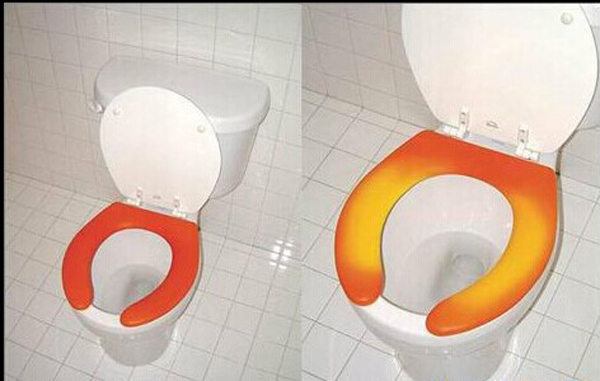


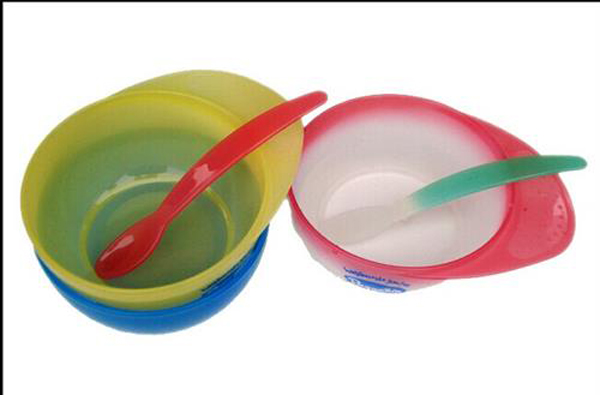
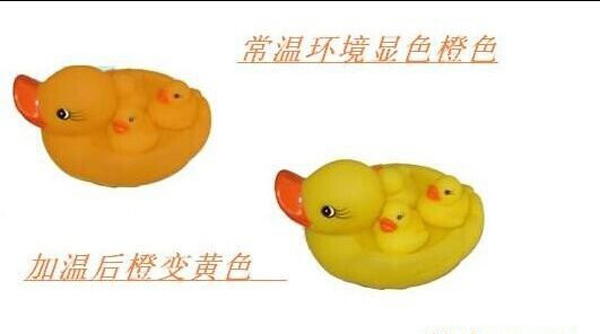
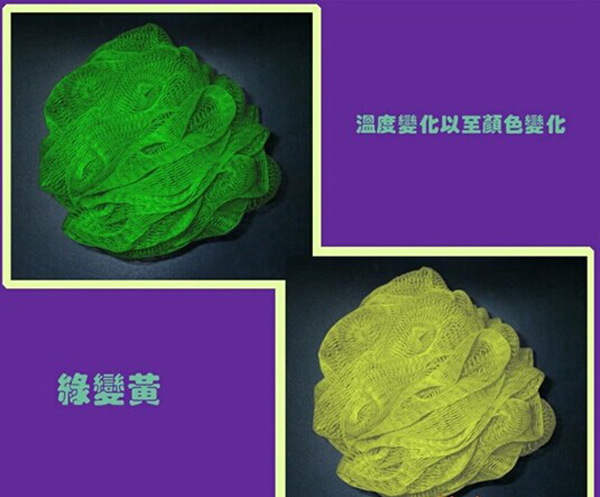
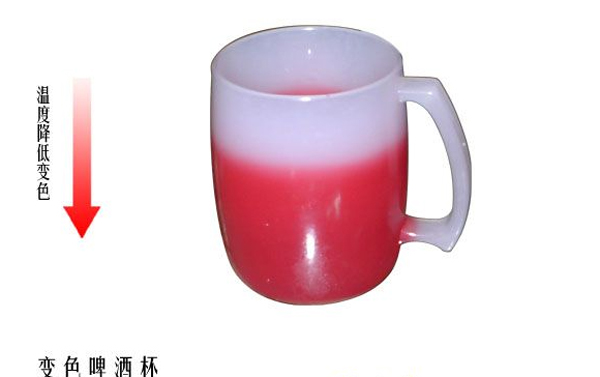

A fine chemical high-tech enterprise with micro-encapsulation technology as its core. It is an enterprise engaged in research, development, production and sales of special materials such as color change and light. Shenzhen Color Change Chemical Co., Ltd. introduces advanced technology from the United States and Japan, and uses imported micro-gels and ink coatings to produce production equipment. Strictly in accordance with export standards, through the SGS EU toy certification EN71-3, the United States toy certification F963 and other certification, and can produce food-grade color-changing materials. The company wholeheartedly invites investment from all over the country! Product introduction 1. Temperature-sensitive color-changing material: Control the color change by using the difference in temperature. Thermochromic powder, thermochromic ink, thermochromic paint, temperature-sensitive color paste 2. Photochromic material: Use sunlight (UV light) to control color change. Photochromic powder (UV color changing powder), photosensitive color changing ink (UV color changing ink) Photosensitive color change paint, photosensitive color change paste (ultraviolet test paste) Third, luminous luminous material: absorb and store any light energy, and emit light in the dark. Luminous powder, luminous ink, luminous paint, luminous paste Fourth, liquid crystal color changing ink: the use of temperature and angle difference to show rainbow color changes. Liquid crystal color change, liquid crystal color change thermometer, liquid crystal color change test card. 5. Ultraviolet fluorescent material: The color is illuminated by a light source with a wavelength of 200-400 nm. Organic UV fluorescent anti-counterfeiting powder, UV fluorescent ink, and hidden anti-counterfeiting label. Sixth, infrared excitation material: using the wavelength of 940-1060nm lamp to stimulate visible light. Organic infrared excitation anti-counterfeiting powder, infrared excitation ink, and hidden infrared anti-counterfeiting label. Seven, long-lasting fragrance ink: the use of micro-gel n fragrance slowly released, the friction is more fragrant. Eight, scratch award card ink: cover the dark language or password-specific easy to scratch ink. Nine, water-changing ink: white water-based ink, water-changing and transparent; Ten, water-diffusing ink: the appearance of red, water diffusion and melting can not be reduced. Eleven, optical color-changing ink: color changes at different angles.



Look for warming powder, the most prosperous effect pigment, more professional service, more assured quality.
